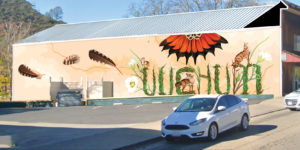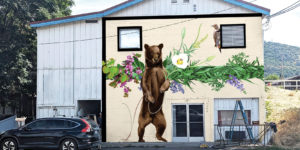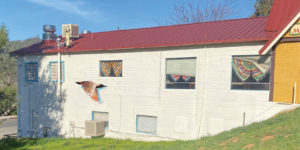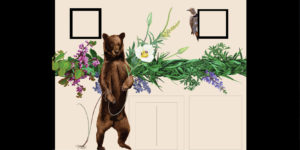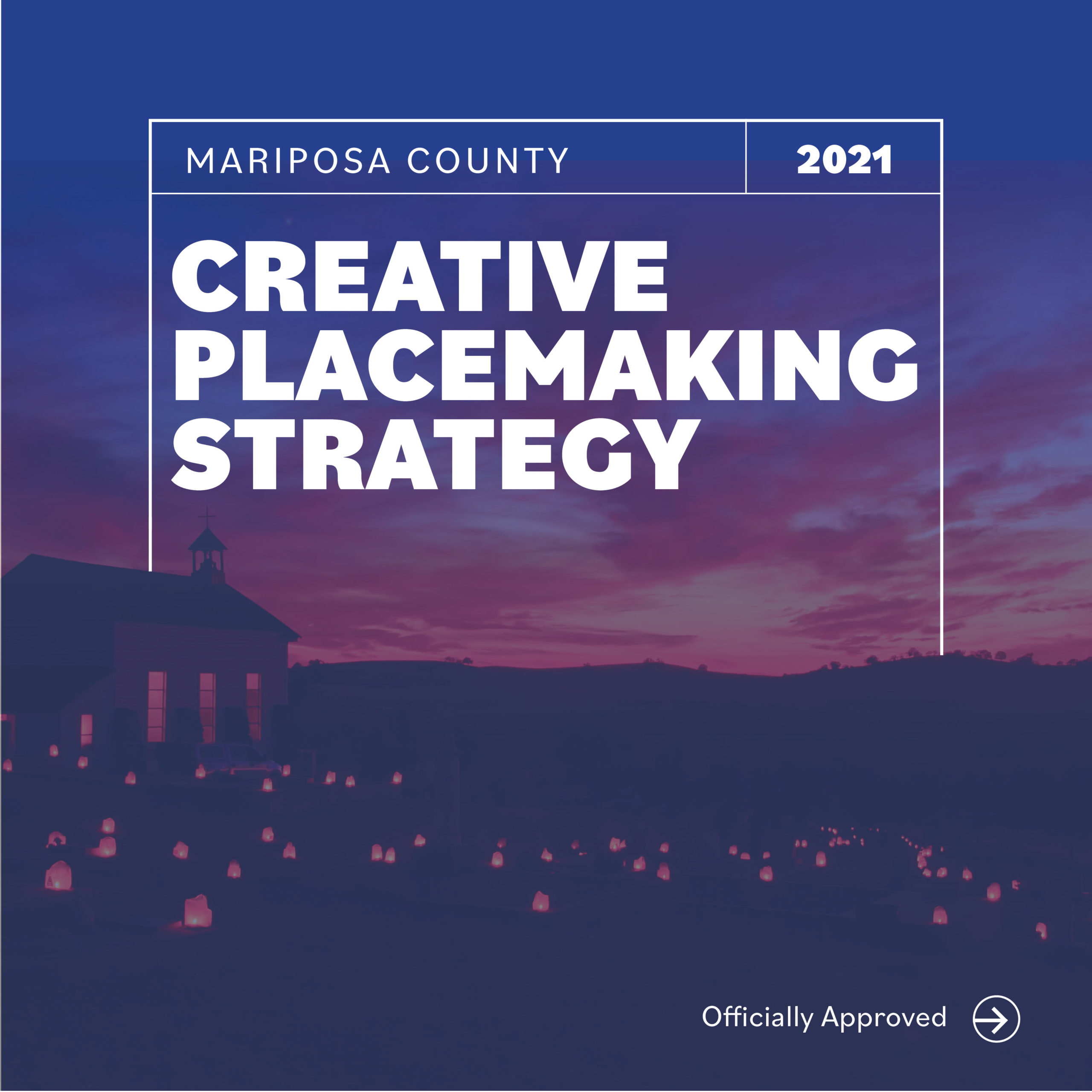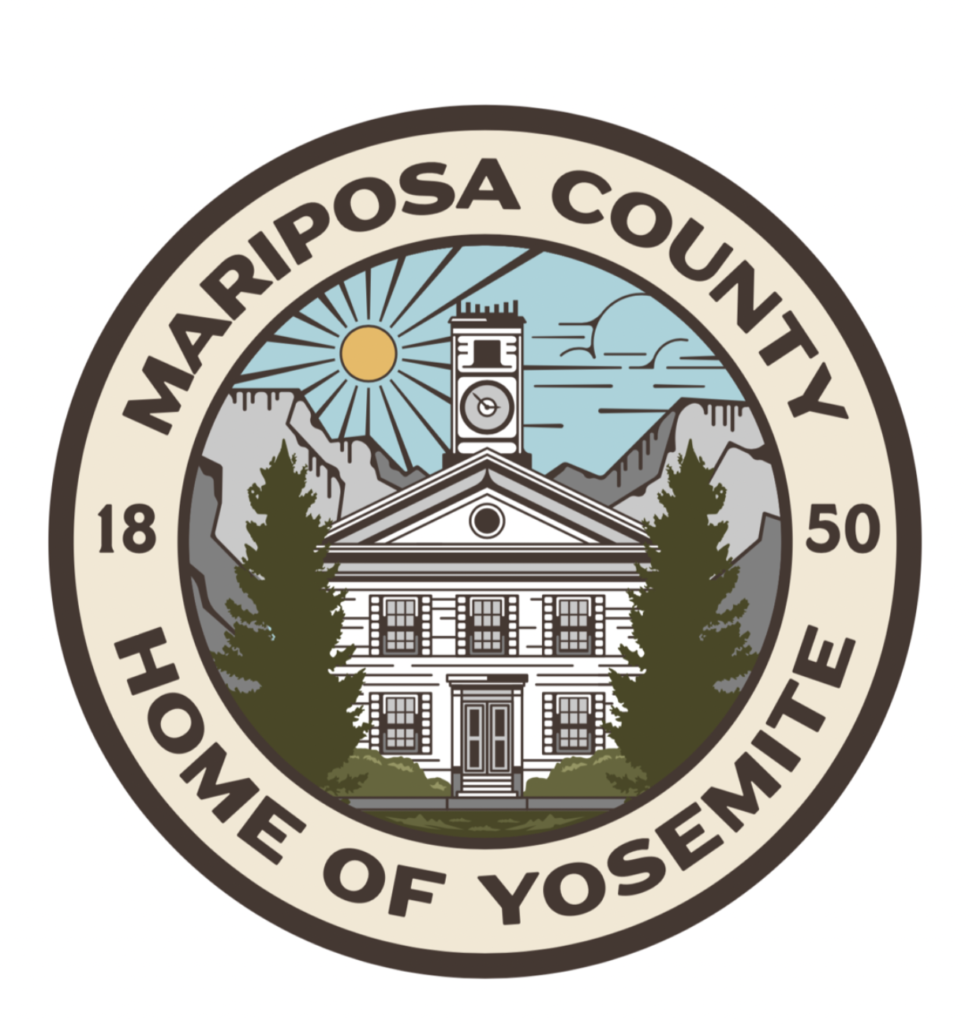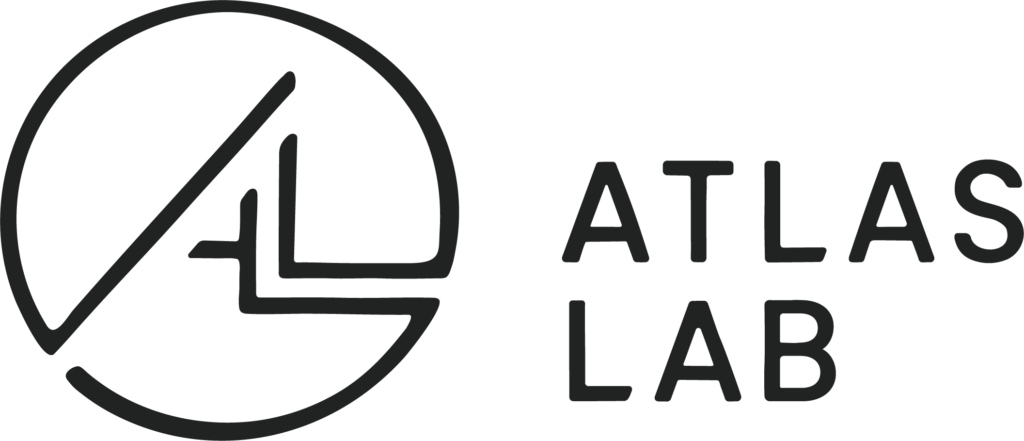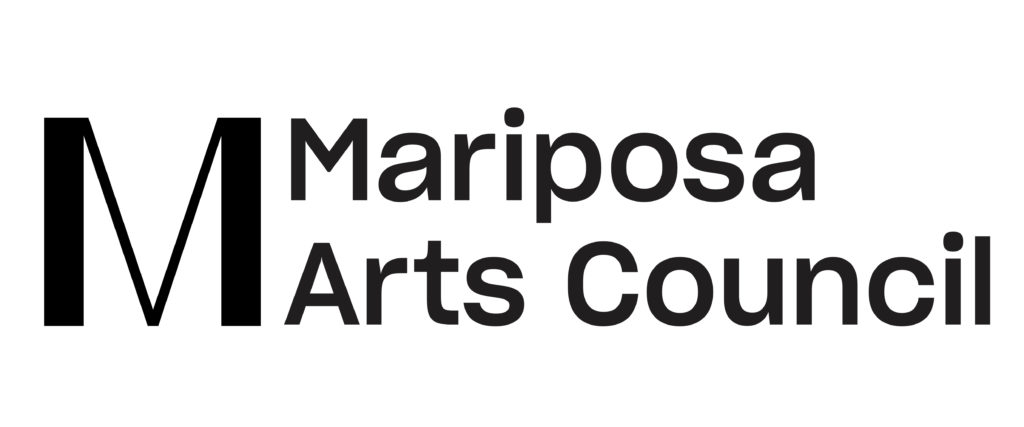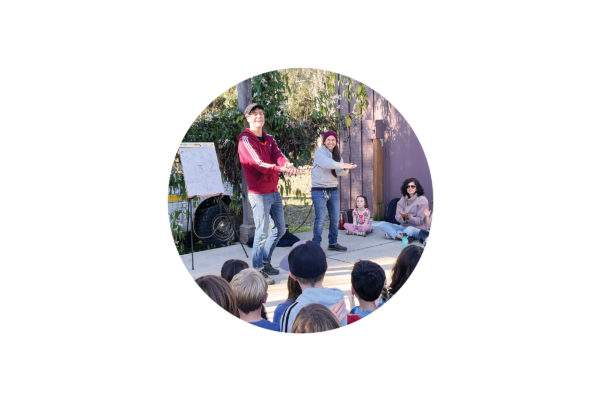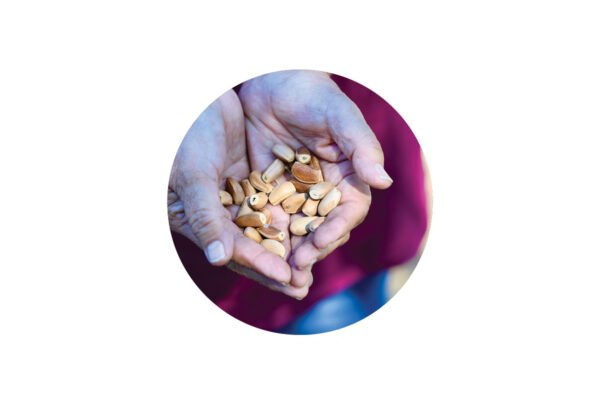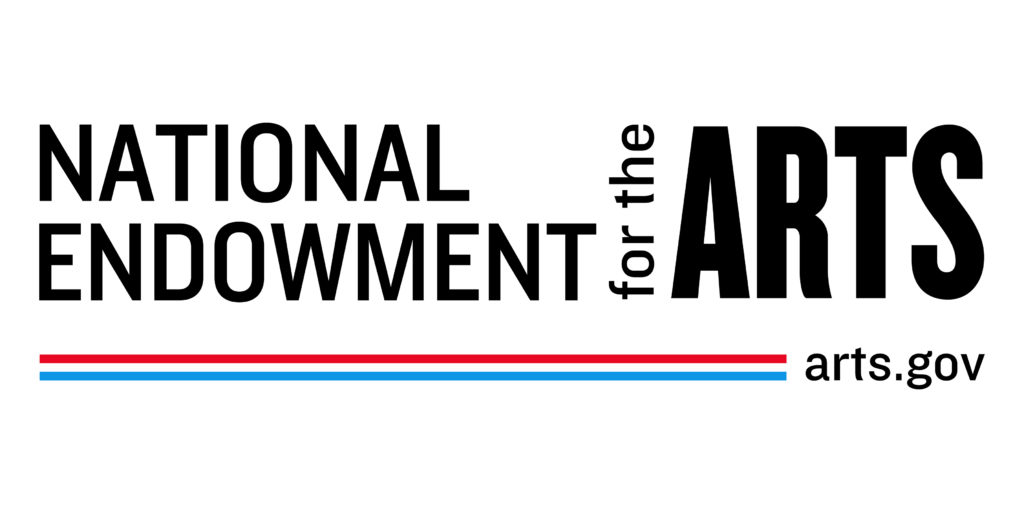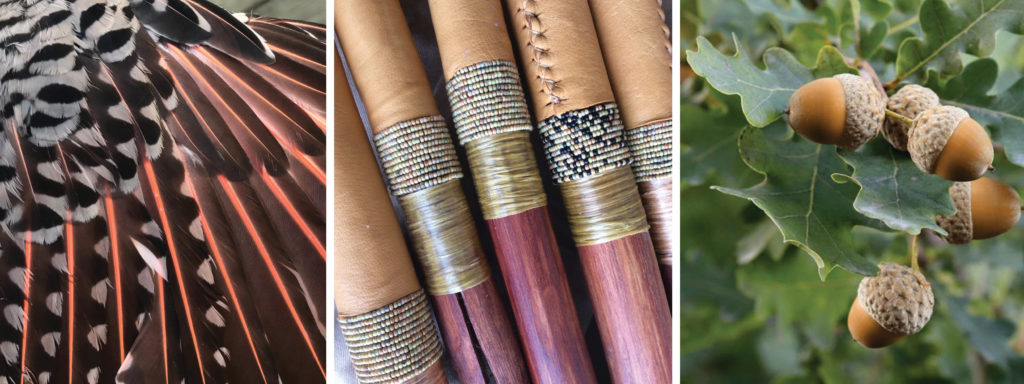
CalTrans Clean California Initiative:
Mariposa Gateway and Mural Project
The County of Mariposa is working with CalTrans as part of their Clean CA initiative for a new public art project. Located in the town of Mariposa, this project entails two gateway features located at the southern and northern intersections of Highway 140 and Highway 49 and two murals.
The project team, Ink Dwell Studios, Atlas Lab and Prevost and Prichard, artists, designers and engineers contracted by the County – are exploring themes that reflect Mariposans’ relationship with the natural landscapes and cultural stories that are significant to the identity of our community.
The Arts Council facilitated opportunities for public input on the project’s early design concepts between Jan 17 – Feb. 18, 2023, and received over 200 responses from community members and stakeholders. Data collected during this process helped the project artists and design team refine their final designs, which were formally approved and adopted by Mariposa County in June 2023. Installation for this project will take place through 2024.
Questions about this project and process?
- Read the Stakeholder Engagement summary
- Read the Mariposa County Project Fact Sheet
Final Designs
As recommended by the Mariposa County Creative Placemaking Strategy, the mural and gateway concepts examine unique facets of the county’s native ecological systems and the connections between people and place. These designs intentionally acknowledge and honor the Southern Sierra Miwuk people of Mariposa, California, and support the continued activation and restoration of Mariposa Creek as an area of significant cultural and ecological importance.
Murals

The bright orange tail feathers of a Northern Flicker fan wide across the top of the wall, part of the tribe's headdress ornamentation. A trio of coyotes—tricksters of the forest—tells the Miwuk’s story of family and clan. In the background, a topographical map of Mariposa depicts the land and waters the Miwuk call home.
Project Details
Installation Site Map
Projects are slated for installation in the town area of Mariposa County. View the identified site locations in the slide show below.
Stakeholder Engagement Process
Between Jan. 18 – Feb. 17, 2023, the Arts Council provided a series of stakeholder engagement opportunities through which the public was invited to explore early design concepts, discuss ideas with project team members and offer feedback. In addition to an open online survey and standing exhibitions at the Mariposa Arts Council and the Mariposa County Library, the stakeholder series included the following in-person events:
- Miwumati Healing Center – January 25 (specific for tribal stakeholder engagement)
- Mariposa County Library – Community Conversation on February 9
- Sticks Coffee – Saturday, February 4, 9:00-11:30 AM
- Pioneer Market – Saturday, February 4, 1-4 PM
- The Grove House – Thursday, February 2, 5-7 PM
- The Alley – Tuesday, February 7, 5-7 PM
This process can be explored in the summarized report below:
Connection to Creek Parkway + Creative Placemaking
This project implements the recommendations of the Mariposa County Creative Placemaking Strategy. That plan, adopted by the Board of Supervisors in August 2021, relied on extensive stakeholder engagement to develop a vision for creative placemaking investments like this one.
The planning effort revealed that Mariposans want to see more art that explores the county’s native ecological systems and the connections between people and place.
These animals and plants featured in the mural are commonly found in riparian environments like the Mariposa Creek which flows parallel to town near both murals sites. In partnership with the tribe and Sierra Foothills Conservancy, Mariposa County is working to remove invasive species from the creek corridor and revegetate the riparian area with native species–including those depicted in ‘Uuchum and Ahumiti.
Partners and Project Roles
CalTran’s Clean California Initiative provides funds to clean and beautify public spaces in underserved communities by providing financial support to local and regional public agencies, transit agencies, tribal governments and nonprofit organizations.
The Mariposa County Planning Department is the funding recipient and the lead for this project.
Mariposa County has engaged Atlas Lab Inc., a landscape architecture, urban design and public art practice firm who have previously worked with both the County and the Arts Council to develop the County’s Creative Placemaking Strategy. Atlas Lab will be designing the gateway features and managing the project’s team and timeline.
Ink Dwell Studio, a renowned studio located in Half Moon Bay known for its murals that explore the beauty and complexity of nature, has been hired to develop and install the murals.
Engineering firm Provost and Pritchard will oversee the project’s technical aspects, including issues associated with highway safety and permitting.
The Mariposa Arts Council (that’s us!) is facilitating stakeholder engagement and relaying community feedback to project partners.

